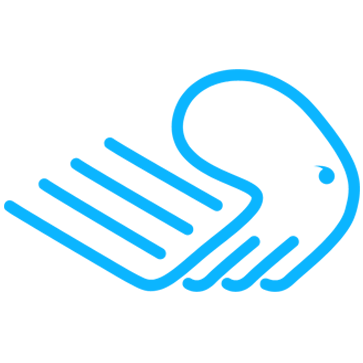
Home > Intellisys Platform > Overview
A Platform Founded on Using AI/ML
to Automate Processes Involved in
Application Maintenance and Legacy System Modernization
Intellisys uses intelligent automation to enable multiple pathways to application modernization so that organizations can reduce their dependency on legacy technology and the costs associated with it. This application modernization platform incorporates patented, AI/ML technology developed over 20 years ago to support an unparalleled number of programming languages. It also mitigates the risk associated with these efforts by supporting a phase-based approach – documentation and analysis followed by agile business rules extraction and/or code optimization and migration.
Discover How it Works
A platform that provides automation to the management and implementation of every phase of a software portfolio life cycle
Intellisys automates processes and services that enable multiple pathways to application modernization including cloud enablement. The platform incorporates patented technology to support an unparalleled number of programming languages and mitigates risk with a phase-based approach - documentation and analysis followed by agile business rules extraction or code optimization and migration.
Documentation & Analysis
Review a 100% automated set of reverse-engineering artifacts. Analyze them to understand implemented logic and the impact of potential changes. Keep them continuously updated.
Agile Business Rules Extraction
Legacy modernization for business transformations:
Move applications to modern-off-the-shelf platforms (COTS, SaaS, Low-code/no-code) or facilitate a system rebuild from the ground up by identifying and extracting business rules and processes. Eliminate code freezes by allowing continuous updates during this process.
Optimization and Migration
Legacy system modernization for technology transformations. Migrate legacy applications to modern languages and architectures that increase maintainability and scalability. Prior to code generation use the platform’s optimization features to enhance performance and remove vulnerabilities. Target code is expected to have zero vulnerabilities as measured by leading code quality tools.
Key Benefits
Leverage the unique power of the Intellisys platform
Works across entire application portfolio - supports multiple languages, both legacy and modern. Customizable to support other languages
Preserves security policies - can be installed on-site or hosted.
Move forward on your projects faster - no traditional set-up time required.
Web-based and accessible to authorized personnel via the intranet or internet.
Automates documentation and updates to the documentation of applications written in any language supported by the platform.
Provides analysis features to identify business rules and determine the true consequences of “change requests” and “bug-fixes”.
Saves time and mitigates the risk of rules extraction by automating the consolidation of extracted logic into business rules and processes.
Allows export of rules to various third party platforms including COTS products, rule engines, low-code/no-code platforms, and business rules management systems like IBM’s or Oracle’s ODM
Automates transfer of source code updates to the extracted rules repository, generating a report highlighting changes to impacted rules.
Reduces complexity in preparation for code migration with robust optimization features that remove “accumulated clutter".
Automates migration of code to modern technologies and architecture. No run time dependencies or vulnerabilities.
Provides rich optimization features to remove “accumulated clutter” and reduce complexity in preparation for code migration.
Automates documentation and updates to documentation of applications written in any language supported by the platform.
Supports applications written in multiple languages, both legacy and modern, and is customizable to support additional languages.
Can be installed on-site or hosted.
Web-based and accessible to authorized personnel via the intranet or internet.
Provides rich features to consolidate automatically extracted logic into business rules and processes.
Renders documentation artifacts in various formats to support methodologies like DevOps.
Automates migration of code to modern technologies with no run-time dependencies or vulnerabilities.
Allows export of rules to business rule engines, business process management (BPM) tools and business rules management systems (BRMS) like IBM’s ODM and Oracles's ODM.
Provides analysis features to identify business rules and determine the true consequences of “change requests” and “bug-fixes”.
Key Benefits
Leverage the unique power of the Intellisys platform
Customer Testimonials
What our customers have to say
Keith Cox
Managing Director, Application Modernization & Migration Deloitte Consulting LLP
Pete Fredericksen
Senior VP, Diligent Consulting Inc.
BRE Project Manager
Department of Health Services, U.S. State Government